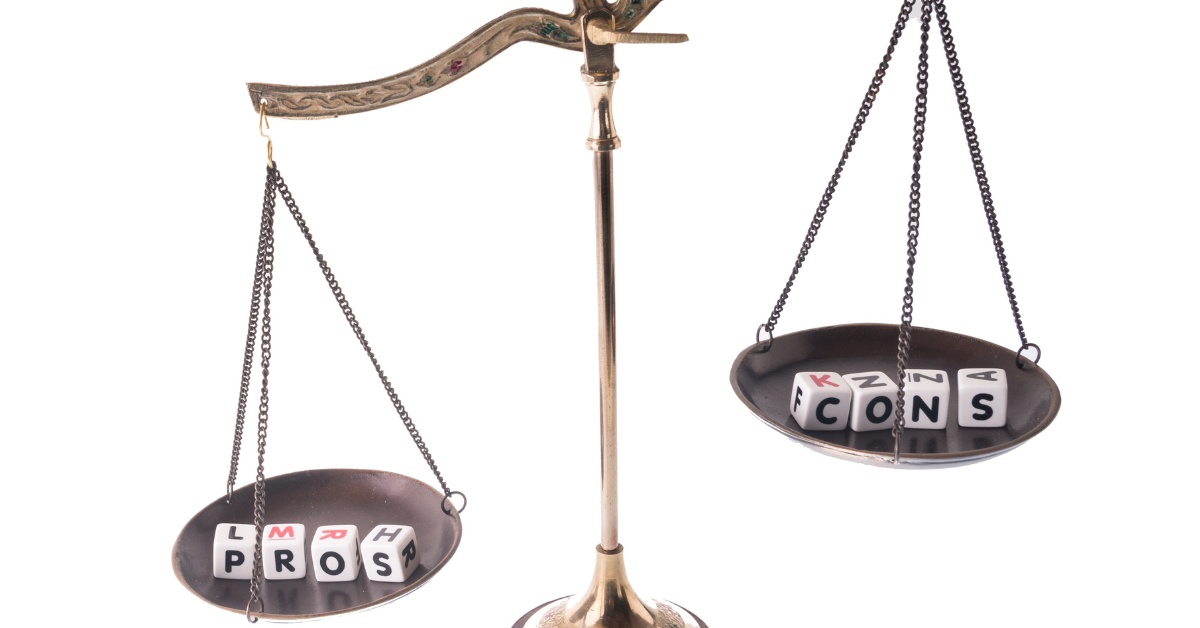Conversion in progress ...
Please wait while we generate your PDF
Selling As-Is: The Complete Guide to Making the Right Move
Not every home hits the market in showroom condition — and that’s okay. Maybe you’ve inherited a property that needs work, maybe the to-do list feels overwhelming, or maybe you just want to sell quickly without pouring more money into updates.
That’s where selling as-is comes in. It can be a smart strategy, but it’s also one that comes with important decisions. Buyers still ask questions. Pricing still matters. And negotiations don’t go away just because you’ve put “as-is” in the listing.
This guide will walk you through:
When selling as-is makes sense (and when it doesn’t).
What today’s buyers care about most.
How to price and market your property so it actually sells.
Why disclosures and inspections still matter.
The role a skilled Realtor® plays in protecting your equity.
Selling as-is doesn’t mean selling for less. It means selling smart — with the right expectations, a clear plan, and professional guidance to get you across the finish line.
Let's Dive In








